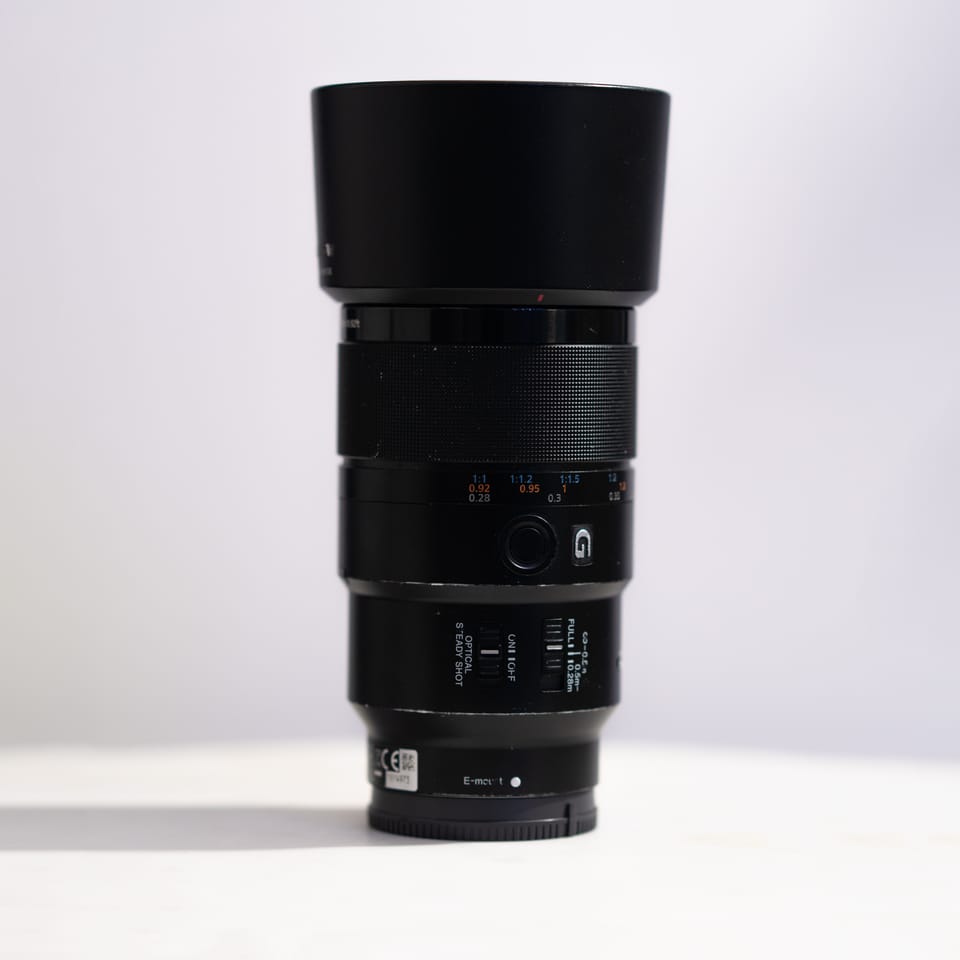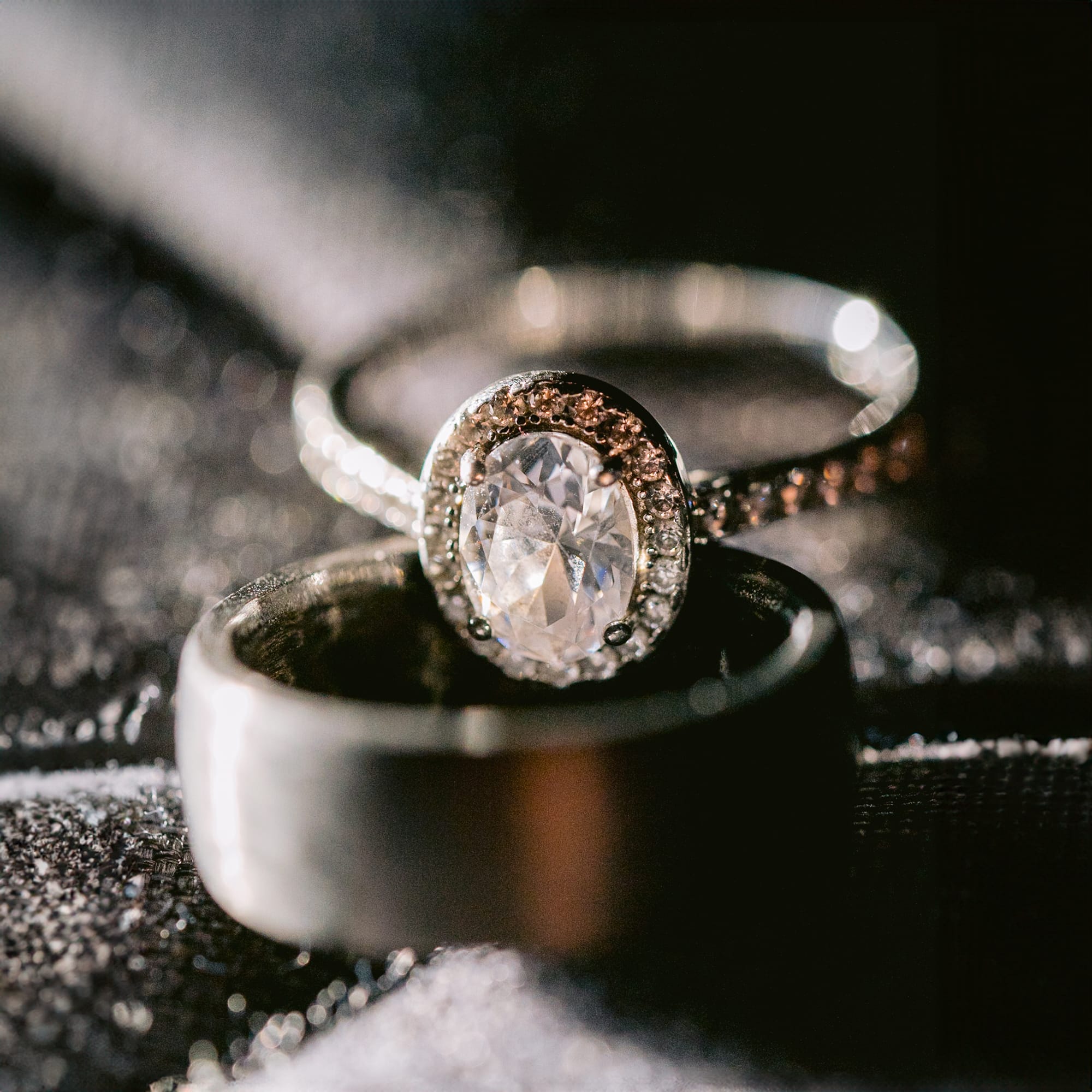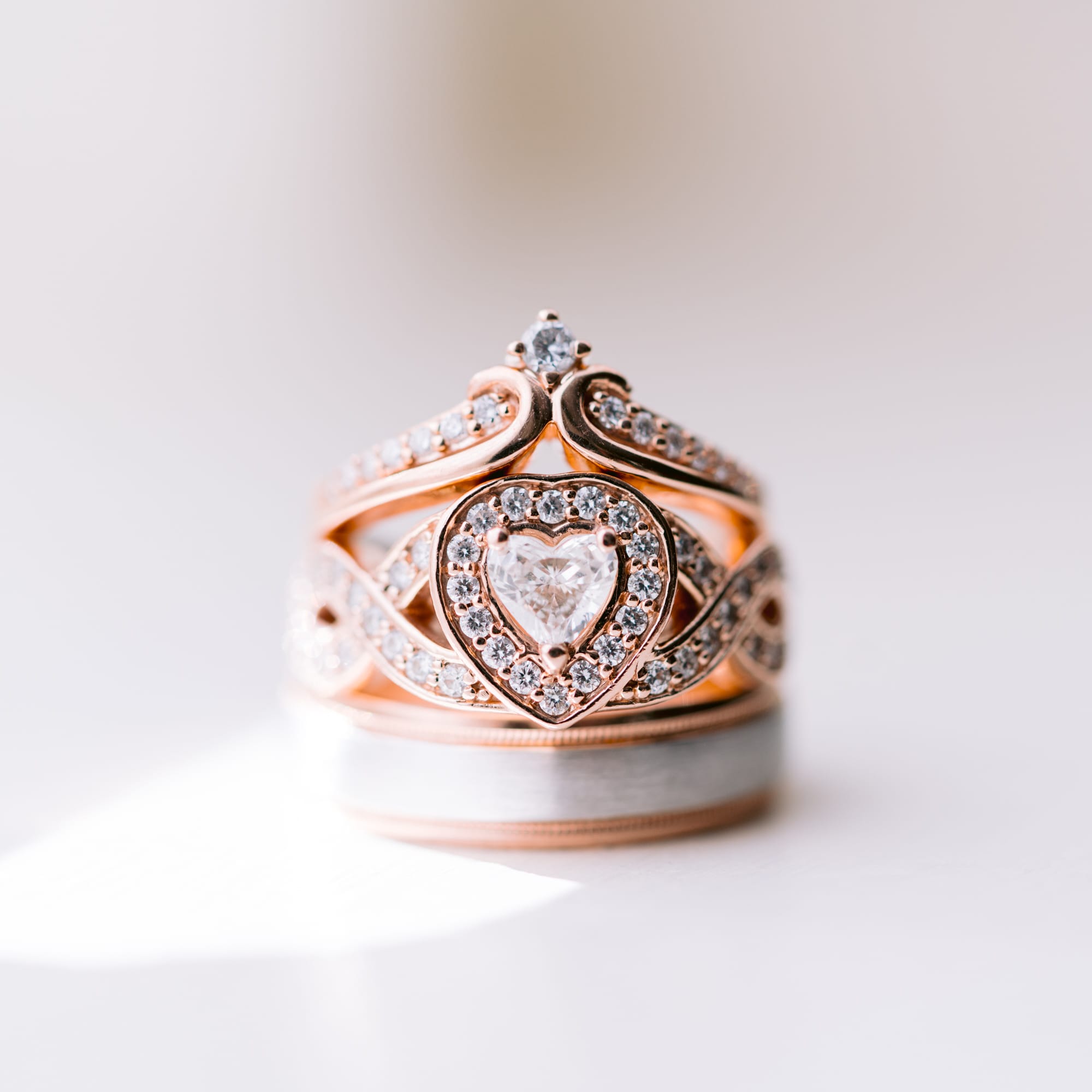Sony 90mm f/2.8 Macro G OSS: Precision and Poetry in Detail

TL;DR
The Sony 90mm f/2.8 Macro G OSS is a rare lens that feels equally at home capturing jewelry under studio lights and emotional portraits outdoors. It merges clinical sharpness with a natural rendering that flatters both texture and tone. With 1:1 magnification, internal focusing, and optical stabilization, it remains one of Sony’s most versatile G-series primes—useful for product, portrait, and wedding photographers seeking precision without losing warmth.


Introduction: A Lens Built for Intention
Introduced in 2015, the Sony 90mm f/2.8 Macro G OSS has become a staple in both studio and on-location kits. Its macro capabilities make it a technical marvel, but the lens’ true strength lies in its versatility. Unlike many dedicated macro lenses, the 90mm G OSS transitions fluidly into portrait and lifestyle work. Its color accuracy, bokeh, and exceptional edge-to-edge consistency make it a quiet powerhouse for hybrid creatives who balance precision with emotion.
Build and Optical Construction
The lens is constructed with 15 elements in 11 groups, including an advanced aspherical element and extra-low dispersion glass to minimize chromatic aberrations. The Nano AR coating ensures minimal flare and ghosting, even under hard backlight. The focus hold button and focus limiter switch are ergonomic touches rarely seen outside Sony’s G Master line, emphasizing its pro-level design. Internal focusing keeps the lens’ length constant, and optical stabilization (OSS) provides crucial steadiness for macro and handheld close-ups.
Physically, the 90mm f/2.8 Macro feels balanced on full-frame bodies such as the A7 IV or A7R V. Its metal barrel and weather sealing support durability in outdoor conditions, while its manual focus clutch—activated by sliding the focus ring—offers tactile precision reminiscent of classic lenses.
Rendering in Real-World Scenarios
What sets the 90mm apart is its ability to render subjects with realism while maintaining elegance. In macro work, it delivers an almost forensic level of detail: gemstones, fabrics, and organic textures appear with crisp dimensionality. Yet, when used for portraits, that same precision feels refined rather than harsh. The transition from focus to blur is gradual, producing a three-dimensional look that complements natural light scenes.
Wedding and engagement photographers often use the 90mm for ring shots and detail storytelling, but its reach and compression also make it a strong choice for intimate portraits or isolated moments. At f/2.8, background blur is smooth and circular, with minimal outlining. The color reproduction remains neutral—slightly cooler than Sony’s 85mm GM but more faithful under mixed lighting.


Optical and Technical Performance
At its core, this is one of the sharpest lenses Sony has ever produced. Even wide open, edge-to-edge resolution is exceptional—critical for high-resolution sensors like the 61MP A7R V. Vignetting is minimal and distortion nearly invisible, allowing for clean macro reproductions without correction. Autofocus is smooth but deliberate, designed for accuracy over speed. The Direct Drive SSM motor ensures silent operation, an advantage for both macro video and ceremony coverage.
When paired with OSS and in-body stabilization, handheld macro work becomes remarkably stable. At magnifications approaching 1:1, motion blur is reduced dramatically, giving handheld users a creative flexibility uncommon in macro systems. Focus breathing is minimal, further expanding its use in video or hybrid workflows.
Color and Rendering Character
The 90mm G OSS delivers the distinctive ‘G’ rendering—clean but organic. Contrast is moderate, avoiding the hyper-contrast look of certain modern lenses. Skin tones remain lifelike, and reflective surfaces retain dimensional highlights without clipping. The micro-contrast contributes to a tactile, almost sculptural quality in macro frames, making materials like metal, fabric, and skin appear physically present.
Flare is well-controlled, though wide light sources can produce subtle geometric reflections that add atmosphere. The bokeh, though not as creamy as an f/1.4 lens, carries its own appeal—refined, consistent, and deeply three-dimensional.


